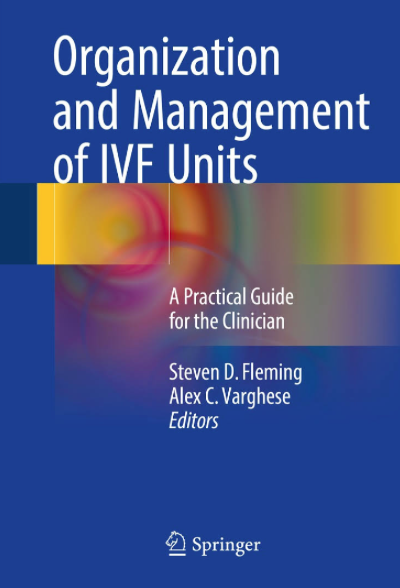Following the recent death of a police officer investigating a leakage of liquid nitrogen (LN2) in Atlanta, Georgia, USA, cryo safety has become a topical issue. A survey of the risks associated with it by Mathew Tomlinson and David Morroll, reported in Human Fertility (https://www.ncbi.nlm.nih.gov/pubmed/18320438, concluded that incidents involving liquid nitrogen were more frequent than expected, and that training and awareness of risks associated with cryo stores was generally lacking. Steve Fleming and Alex Varghese have edited a book with a useful chapter on ‘Cryobank Management’, (by John Ryan) called the Organization and Management of IVF Units, published by Springer Science.
 Steve (pictured here) and Alex say that an important starting point in liquid nitrogen cryo safety is the actual design of the cryo store where most handling of liquid nitrogen will occur. Because liquid nitrogen expands rapidly as it boils at -196 ºC, the liquid:gas expansion ratio being approximately 1:700, it can dramatically reduce the concentration of oxygen in the atmosphere within an enclosed or poorly ventilated space, leading to asphyxiation without any warning symptoms. Therefore, it is essential to install an oxygen monitor within a cryo store to provide early visible and audible warning.
Steve (pictured here) and Alex say that an important starting point in liquid nitrogen cryo safety is the actual design of the cryo store where most handling of liquid nitrogen will occur. Because liquid nitrogen expands rapidly as it boils at -196 ºC, the liquid:gas expansion ratio being approximately 1:700, it can dramatically reduce the concentration of oxygen in the atmosphere within an enclosed or poorly ventilated space, leading to asphyxiation without any warning symptoms. Therefore, it is essential to install an oxygen monitor within a cryo store to provide early visible and audible warning.
It is also well known that liquid nitrogen and its vapour can potentially inflict burns or frostbite, if mishandled. So staff working within a cryo store will need special gloves and safety glasses along with face shields, aprons, fully enclosed shoes and long sleeved clothing. It will be necessary to educate staff in the variety of hazards associated with handling and storing liquid nitrogen. Instructions should include written standard operating procedures (SOPs) and prominently displayed notices within the cryo store, including evacuation maps. In addition to burns and frostbite, the typical hazards that staff may be exposed to include eye injury and/or infection resulting from explosion of straws or cryovials due to rapidly expanding nitrogen upon warming of any liquid nitrogen that may have seeped into them during cryo storage.
In many countries, provision of a licence to provide a clinical embryology service is contingent upon having in place appropriate monitoring, alarms, safety equipment, policies and procedures necessary to deal with unexpected leaks or spills of liquid nitrogen from bulk liquid nitrogen supply tanks or storage dewars. From a European perspective, the European Society of Human Reproduction guidelines for good practice (https://www.eshre.eu/Guidelines-and-Legal.aspx) cover cryo safety in embryology laboratories in considerable detail. However, not all countries where cryo storage of gametes and embryos is performed have a similar regulatory framework for protection of staff. Under such circumstances, it is very important that cryo store working areas remain well ventilated when in use and that staff do not work alone or investigate any low oxygen alarms on their own.
In an ideal world, nobody would suffer any injuries from working with liquid nitrogen, but in the real world tragedies such as those that occurred recently can happen so we must insist on best practice when handling liquid nitrogen to minimise the risks to ourselves and our colleagues working within embryology laboratories.
Further information

Steven D. Fleming & Alex C. Varghese, Editors, Organization and Management of IVF Units
A Practical Guide for the Clinician Springer Science ISBN 978-3-319-29371-4
Cryosafety in the Embryology Laboratory: Download full text PDF
BCGA code on LN2 50 litre dewars http://www.bcga.co.uk/pages/index.cfm?page_id=72

